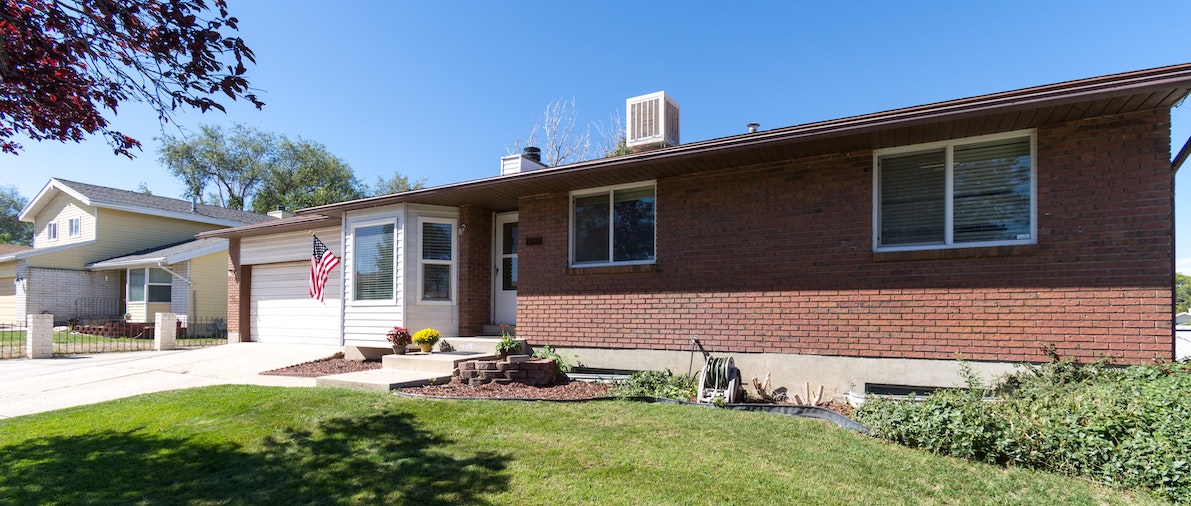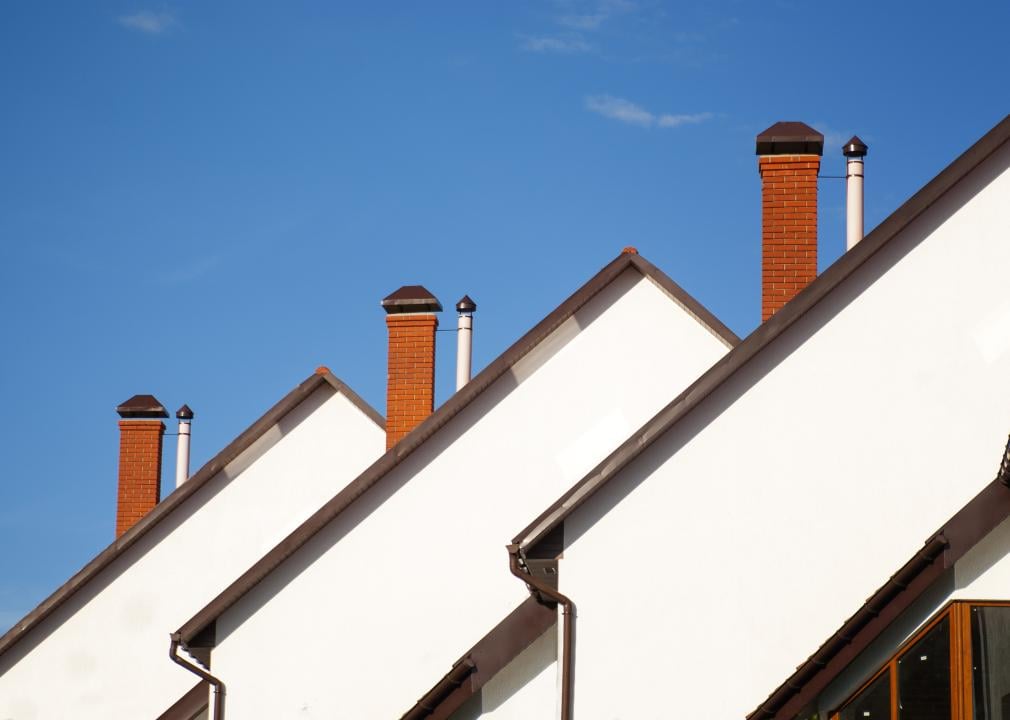Real Estate Investing
5 Plants That Will Brighten Your Rental Investment Instantly
Last Updated Feb 1, 2021


Houseplants are a great way to brighten up any home without a massive investment, making them a budget-friendly way to add value and warmth to a rental property. Here are 5 of our favorite house plants for adding life to rental homes.
Think of the trends we’ve seen emerge on Instagram and elsewhere over the course of the past year and a half: puppies, sourdough, and houseplants. It is no coincidence that all these trends revolve around living, breathing things — yes, even sourdough, with its bacteria and yeast giving rise to each and every X-scored loaf. In fact it makes perfect sense: inundated with such dark news it’s no surprise that, subconsciously or not, people began to surround themselves with things that grow, change, and give us hope for the future. Because when we see things growing we feel more alive.
That’s why Belong encourages everyone in their community, homeowners and residents alike, to cultivate some plant life in their homes. We all know what a charge of life we feel when we walk into a space filled with plants. What’s more, if a plant looks healthy and cared for, it feels safe to assume that the house it lives in is treated just as well, if not better.
We’ve written before about how to build a beautiful backyard, but to help you spruce up the inside of your home, here’s our list of 5 great houseplants.
1. Lady Palm
We love the look of palms in general — the fronds spreading like the fingers of a hand, so thin and delicate and beautiful they seem to be waving at you, calling for your attention. But most palms require a lot of care and a lot of sunlight. The Lady Palm is the exquisite exception; though it doesn’t lack for palminess, it also doesn’t need much sunlight, making it a perfect indoor plant.

2. Jade
There’s something about the spongy leaves of a jade plant that we find wonderfully sumptuous. They’re as pleasing to look at as they are to touch, too: the beautiful contrast between the thick, heavy branches and the beautiful contoured leaves is a visual. They’re also very easy to care for: because they’re succulents they can sometimes go months without being watered!
What’s more, the jade plant is also called the lucky plant or money plant, which makes it a wonderful present for a homeowner to leave for a new resident.

3. Snake Plants
Like the idea of a succulent, but looking for something a little more visual drama than a jade provides? A snake plant might be right for you. Its leaves are long and flat and far more striking than the jade’s. But much like succulent cousin, it only needs to be watered occasionally (in fact, in the winter, it can go up to 2 months without any H2O). And it doesn’t need a lot of light to thrive, making it ideal for apartments and rooms that don’t get much sun! Also, a NASA study shows that it actually cleans the air.

4. Hoya Plants
A flowering plant, the clusters of pretty, pink blossoms add a pop of color and a lovely scent to any room. They only need indirect sunlight and are drought resistant, too, which makes them the ideal plant for novice plant owners.

5. String of Hearts
A hanging plant with long cascades of delicate vines, the String of Hearts adds a touch of drama to any room. It retains water well, too, so it doesn’t require helicopter plant parenting, and its pink stems and waxy leaves make it more colorful than your typical houseplant.

There are lots of ways to create a home that someone will love, but there’s nothing that creates as much impact with as little cost or effort as houseplants! If you're looking for bigger changes, check out the top design trends for 2022.





